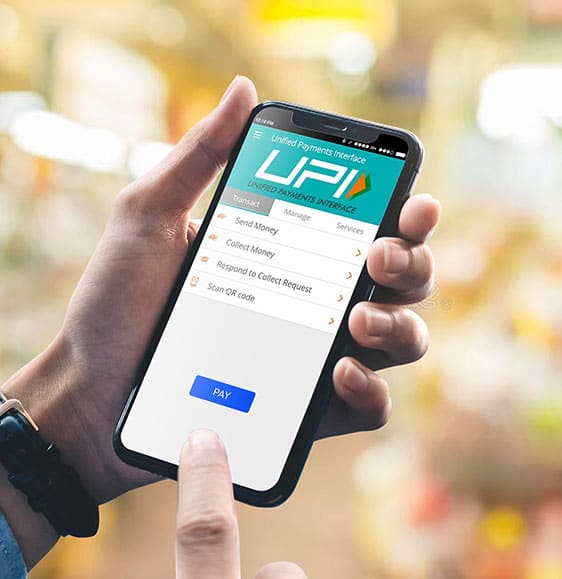UPI app has grown quickly in terms of acceptance and transaction volume. The Unified Payments Interface (UPI) in India is one of the major online money transfer services available through smartphones. This novel technology can make payment systems more accessible and efficient, particularly in emerging markets and poor countries.
UPI is rapidly gaining popularity among Indian residents, propelling the country into the digital era. This is because of its features like UPI cashback and rewards. Here are the factors affecting payments.

The factors affecting UPI payments
UPI has established a daily transaction restriction to protect users’ cash and prevent fraudulent activity and unauthorized access to accounts. However, the daily transaction limit can be adjusted or lowered upon request or based on specified criteria. The elements that influence the daily transaction limit are:
- Type of Account: A user’s account type will limit the number of daily transactions. Large bank accounts, such as commercial accounts, are likely to have a greater transaction limit than savings or checking accounts.
- Bank Policy: Banks have their own transaction rules, which constrain UPI transactions. The policies vary depending on the kind of account.
- KYC data: Keeping updated KYC data and verification on a regular basis might boost the chances of acquiring a greater transaction limit since KYC protects the account from fraud.
- Fraud prevention: UPI applications and banks may decrease transaction limits in response to suspicious activity on the account.
- Transaction History: Frequent bank or UPI transactions will allow the user to unlock a larger transaction limit as banks analyze transaction volume and consistency.
How Can You Check Your Daily UPI Transaction Limit?
Because UPI applications impose a daily UPI transactions restriction, you may verify it via the UPI app, your bank’s mobile app, or customer service assistance.
- UPI App: Under the Settings option in UPI applications, there will be a bank account option with the maximum number of daily transactions specified.
- Bank App: The transaction limit will be indicated in the UPI section of the bank’s app.
- Customer Care Support: If the user is unable to locate information on the UPI transaction limit via the UPI or Bank app, they should contact the bank’s or UPI app’s customer service.
What happens if the limit is exceeded?
UPI transaction limitations are set to safeguard the account from fraud and unauthorized transactions. Transaction limitations are determined according to the user’s bank regulations, UPI app restrictions, and account type. Transaction limits can be modified; however, if the user exceeds their daily transaction limit, they will be unable to conduct any further transactions using the UPI app that day.
Usually, the UPI app has a 24-hour time limit for making transactions, after which the user can make any transaction. The daily UPI transaction limit is solely set for the UPI app; the user can use any other payment method, such as card payments or cash.UPI payments are subject to daily limitations. There are also some daily UPI rewards limitations. This forces them to wait until the next day to complete transactions. They can employ alternative payment methods. The NPCI has not yet increased the transaction limit, and the bank cannot do so even after a request.